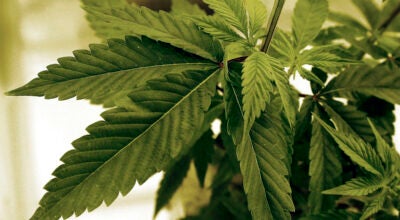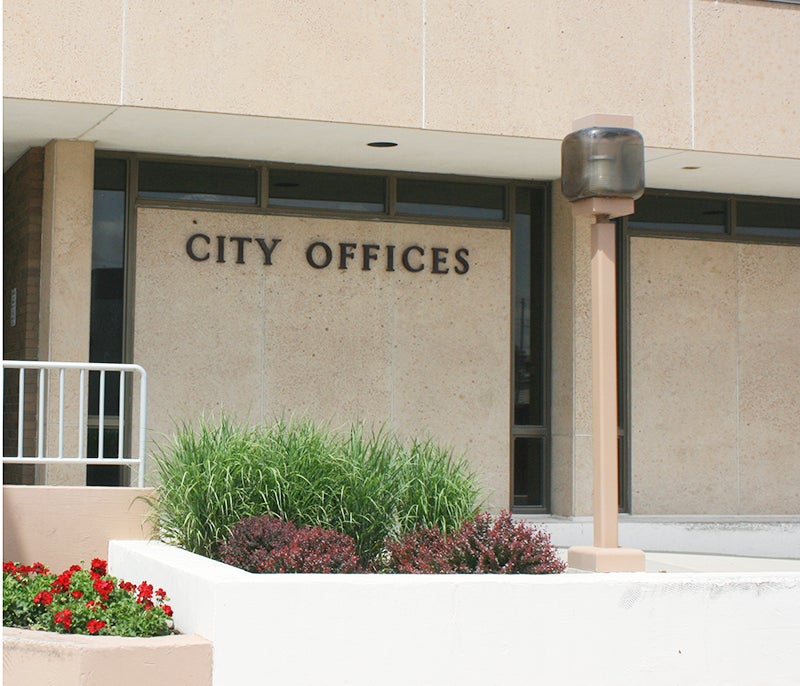Vikings fans question Murray on stadium
Published 9:19 am Wednesday, April 27, 2011

State Rep. Rich Murray, wearing a tie, speaks with Kari Fjeldberg at the Green Mill on Monday about the proposed Minnesota Vikings stadium. Looking at Murray is Scott Pirsig, while Dave Nolander stands and Bob Sturz looks at Fjeldberg. -- Tim Engstrom/Albert Lea Tribune
House District 27A Rep. Rich Murray said he favors a new pro-football stadium as long as no state general funds are used.
“We can’t touch a penny of general-fund revenue,” he said.
A half-dozen Minnesota Vikings fans gathered Monday at the Green Mill Restaurant to speak with the state representative about proposed stadium plans. They concurred that no general-fund revenue should be used. However, they wanted Murray to know that some funding mechanisms ought to be determined this legislative session for the construction of a stadium.
Murray said the top two priorities are the state budget and job creation.
“We can do the stadium, but we have to do those things first and foremost,” he said.
Murray said the funding is like a three-legged stool: one portion from Minnesota Vikings owner Zygi Wilf, one from the local governmental partner (Minneapolis, Hennepin County or Ramsey County) and one from a new statewide funding stream or streams, such as a tax on sports paraphernalia, special lottery tickets or a players tax.
Among the Vikings fans there were Dave Nolander, Scott Pirsig, Kari Fjeldberg and Bob Sturtz. They touted the economic boost the Vikings provide to Minnesota, and the jobs that would come with the construction of a new stadium. They mentioned how Albert Lea benefits from the flow of fans up and down Interstate 35, too.
And they mentioned the widespread Vikings fanbase. The Vikings consistently rank in the top 10 in the various ways to measure fans. In 2010, they ranked eighth in the Harris Poll, which directly asks fans their favorite team. The Vikings ranked sixth in a popularity index formed by the Nielsen Co. and released in September 2010. It measured things like TV ratings and Internet following. And at the end of the NFL season last February, the Vikings ranked eighth in the NFL in sheer number of “likes” they had received on Facebook.
The fans at the Green Mill generally favored a roof of some sort, saying it would make the stadium more versatile for other uses, would lure a Super Bowl and would keep them warm during cold weather.
“These decisions always come together at the last possible moment,” Nolander said.





